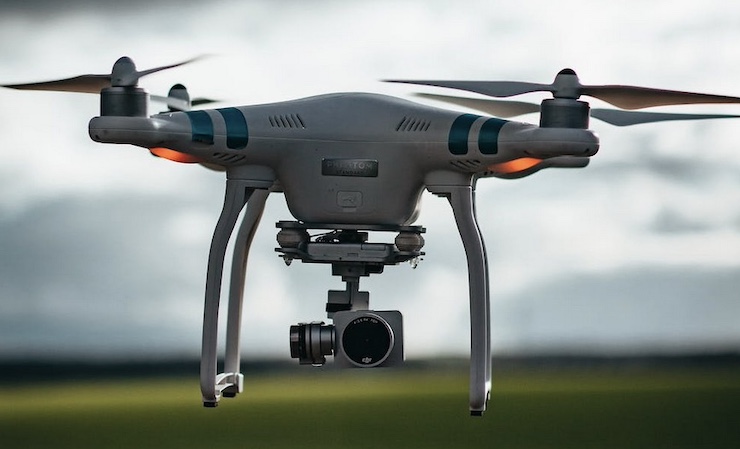
It’s an open secret that drones, despite their many operational, cost and sustainability advantages over gas-powered vehicles, also suffer from a potentially fatal flaw: they run on batteries, which limit their flight time, usually to about 30 minutes. While breakthroughs in battery miniaturization are appearing on the horizon, most efforts to enhance drone endurance consist of technologies for battery switching – sometimes in mid flight – or the development of ground-based charging citations where drones can quickly land and relaunch with relative brief interruption.
But there is another solution: a hybrid drone vehicle that relies on both electric and gas power, preserving some of the EV sustainability edge while allowing for longer and more continuous flight –and larger payloads. How many such vehicles are available and how effective are they compared to 100% EVs?
The most obvious advantage of a hybrid is the extended flight time – anywhere from 90 minutes in the case of the Walker QL1200 to 5 hours in the case of the SkyFront Perimeter Drone. The duration is more limited when the drone is loaded up with long-reach zoom and thermal cameras and other specialized equipment. For example, Quaternium’s Hybrid 2.1 drone has been flown for 10+ hours (a world record for flight endurance) without a major payload and can even last 2 hours with heavy crop spraying and farm mapping attachments.
The payload capacities of the hybrid drones tend to exceed those of a standard battery-powered drone – usually 3-10 lbs. at most – by a considerable amount. The Skyfront Perimeter drone has a payload capacity of 12 lbs. while the Harris Aerials H6 can carry 33 lbs.
In addition to farm applications, hybrid drones are especially useful for grid and pipeline inspections as well as law enforcement and disaster relief where flight interruptions can undermine operational efficiency – and even result in loss of life. (For example, in a prolonged chase of a criminal suspect, the last thing a police department needs is to stop and recharge its drone batteries).
Another potential issue is speed. The Airborg 8 hybrid has a top speed of 35 mph over a distance of 100 km. Others can fly far faster. The CW-25 Long Endurance drone can cruise at 65 mph for 6 hours, and with a payload of just 13 lbs. – one of the best mixes of speed, endurance and carrying capacity currently on the market.
How do hybrids draw on both power sources? Energy density is the key to the superiority of gas-powered engines but the gas power can also be used to charge the drone batteries so that their electric power supports the drone’s propulsion and maneuvering, acting as a range extender. The quality of the range extension depends on the power conversion rate, which is the energy from fuel converted to electric power with minimum losses. Superior hybrids display highly efficient power conversion rates. With superior conversion, the gas-powered engine can be smaller and lighter, enhancing flight endurance and increasing payload.
Another possible hybrid option is the use of hydrogen fuel, which also has energy density advantages over batteries and sustainability advantages over gas fuel. Some designers are experimenting with all-hydrogen drones that can fly continuously for 5 hours or more. Their main drawback is the high expense of hydrogen fuel cells, as well as the enormous heat they tend to generate. Another possibility is to “hybridize” the fuel cells so that they power the drone batteries. MMC is currently manufacturing and distributing two hydrogen hybrid models, HyDrone 1800 & HyDrone 1550 which allow for flight of 4.5 hours and 2.5 hours, respectively.
Hybrids may or may not be the wave of the future. Future advances in battery technology, the introduction of vertiports and continuing problems with alternate models may limit their relevance and utility. However, the hybrid market now comprises 25% of the total drone market, with sales growing by more than 20% annually. As FAA and EASA regulations expand to include more authority for long-distance BVLOS flights, the demand from industry for hybrid drones capable of continuous flight – with higher payload capacity – can only grow.
|